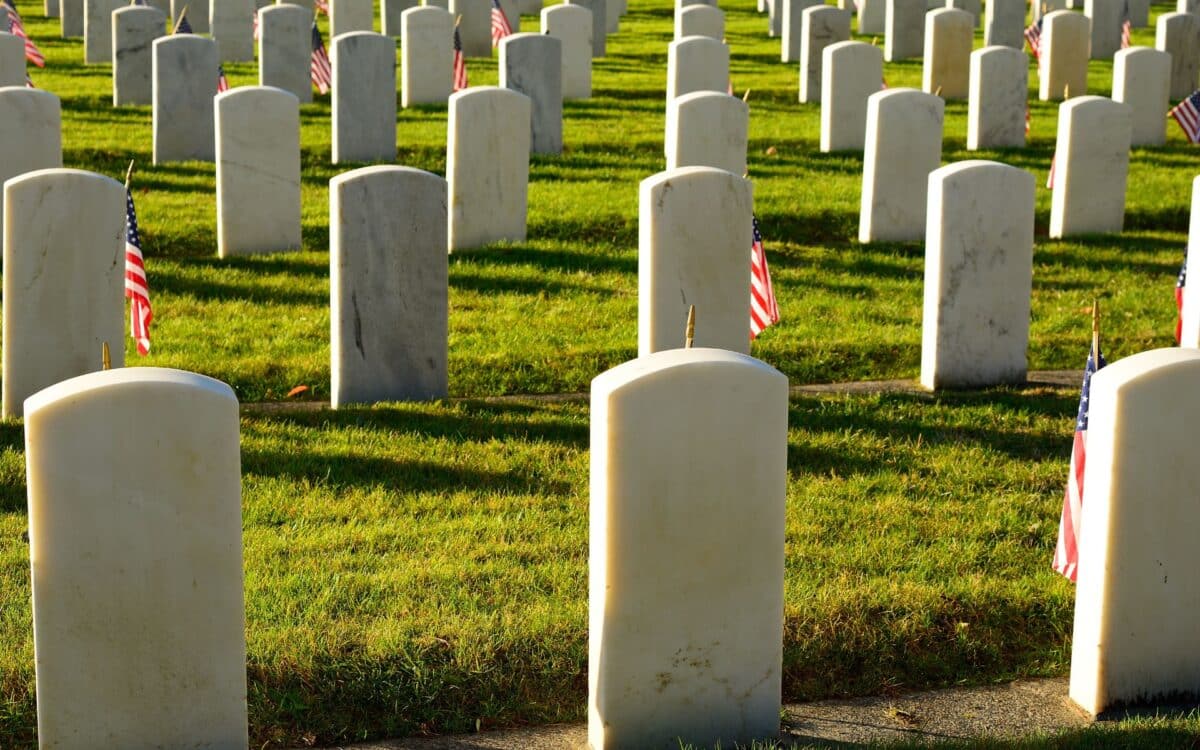The Department of Veterans Affairs (VA) has established updated burial allowance benefits for veterans who passed away due to service-connected conditions in 2025. These benefits are designed to ease the financial burden faced by survivors during an already difficult period.
The burial allowance is an essential component of the VA’s support for veteran families, providing a much-needed financial cushion. This allowance is part of a broader set of provisions that reflect the government’s ongoing commitment to veterans and their families.
According to Marca, the current updates ensure that the financial assistance keeps pace with evolving needs and challenges faced by survivors.
Current Burial Allowance for Service-Connected Deaths
For deaths determined to be service-connected in 2025, the VA offers a $2,000 burial allowance. This allowance is the maximum amount available for such cases and is specifically higher than the allowance provided for non-service-connected deaths.
This benefit is designed to help cover funeral and burial costs, including the services provided by funeral homes, cemetery plots, and related expenses. It is important to note that the burial allowance is not adjusted annually for inflation and remains at a fixed rate determined by Congress.
Additional Benefits for Service-Connected Deaths
Along with the $2,000 burial allowance, families of veterans who died due to service-connected conditions may be eligible for other significant benefits, including:
- Free burial in a national cemetery
- A government-furnished headstone or marker
- A burial flag
- A Presidential Memorial Certificate
For veterans buried in a private cemetery, the VA also provides a plot allowance to offset the cost of a burial plot. These additional benefits can increase the overall financial support available to families. Eligibility for the plot allowance is specifically for veterans buried in private cemeteries, and this support helps cover the cost of the cemetery plot.
Understanding “Service-Connected Death”
A service-connected death refers not only to those who pass away while actively serving but also includes veterans whose death is linked to conditions or disabilities caused by their military service.
This means that even if a veteran dies years after their service, as long as their death is determined to be related to service-connected disabilities, they are eligible for the higher burial allowance. This is crucial for families to understand, as it extends eligibility beyond just active-duty fatalities.
Application Process for VA Burial Benefits
To apply for the $2,000 burial allowance, eligible family members must submit VA Form 21P-530, titled “Application for Burial Benefits”. The application requires supporting documents such as:
- The veteran’s discharge papers
- A death certificate
- Receipts for funeral expenses
The VA recommends filing the application electronically for faster processing, but paper applications are also accepted. It is essential to submit the application ideally within two years of the veteran’s burial or cremation. This timeline helps ensure that the family receives the benefits in a timely manner.
For veterans who were receiving 100% disability compensation or Total Disability based on Individual Unemployability (TDIU) benefits prior to death, the application process is streamlined.
In these cases, the veteran’s service connection is often clear, which makes the processing of the burial benefits much quicker. However, if the service connection is established posthumously, additional documentation and evidence may be required, which could extend the processing time.
Who Receives the Burial Allowance?
The burial allowance is typically paid to the individual or entity that covered the veteran’s funeral and burial costs. This can include a surviving spouse, child, parent, or the executor of the veteran’s estate.
If a funeral home or another service provider paid these expenses and has not been reimbursed, the VA may pay the allowance directly to them. This ensures that the family or provider receives the financial assistance promptly.
These benefits are part of the ongoing support provided to veteran families, ensuring that those who have sacrificed for the country are respected and that their families are provided for during a difficult time.









